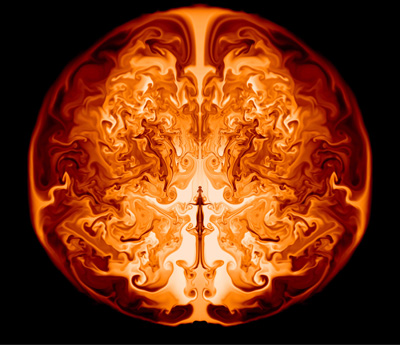Campus News
Astrophysicist Ken Chen wins award for high impact scientific achievement
Postdoctoral researcher Ken Chen was honored in the early career category of the 2015 High Performance Computing Achievement Awards.


Ken Chen, a postdoctoral researcher in astrophysics at UC Santa Cruz, was among the winners of the Department of Energy’s National Energy Research Scientific Computing Center (NERSC) third annual High Performance Computing (HPC) Achievement Awards.
Chen received the NERSC 2015 Early Career Award for High Impact Scientific Achievement for his research on the explosion of very massive stars in multiple dimensions.
The awards recognize NERSC users who have either demonstrated an innovative use of high-performance computing resources to solve a scientific problem, or whose work has had an exceptional impact on scientific understanding or society. The Early Career awards encourage younger scientists who are using high-performance computing in their research. The winners were honored on February 24, 2015, during the annual NERSC User Group meeting at Lawrence Berkeley National Laboratory.
Chen “is a rising star in computational astrophysics” and “the world’s leader in the 2D and 3D study of massive star death that does not involve iron-core collapse and neutrinos (massive thermonuclear supernovae),” wrote Stan Woosley, professor of astronomy and astrophysics at UC Santa Cruz, in Chen’s nomination letter.
In 2014, Chen was lead author and Woosley a coauthor of a study published in Astrophysical Journal that revealed that certain primordial stars—those between 55,000 and 56,000 times the mass of the Sun—may have died unusually. In death, these objects would have exploded as supernovae and burned completely, leaving no remnant black hole behind. Chen’s simulations indicated that after supermassive stars burn through their hydrogen fuel and begin to collapse, what happens internally depends critically on the star’s mass. If it is less than 55,000 or more than 56,000 solar masses, the supermassive star explodes and leaves behind a supermassive black hole. Within that specific mass range, however, special processes in the star’s core lead to instability that triggers an explosion so violent that it completely unbinds the star and leaves no compact remnant.
This study garnered much attention in the popular press, in large part because of the eye-catching visualizations Chen created based on his supernova simulations.